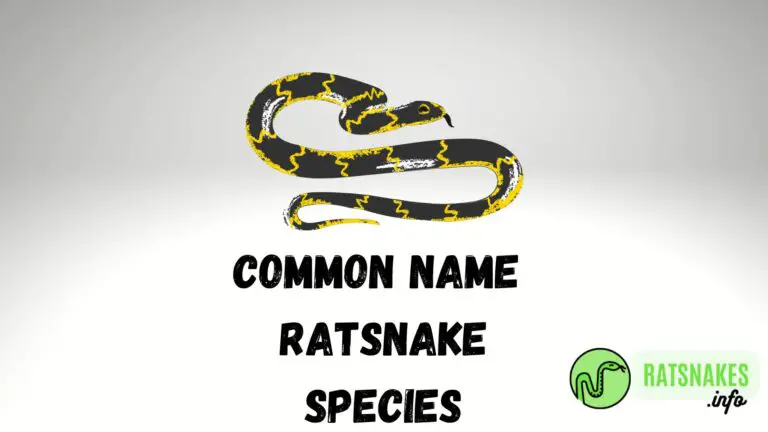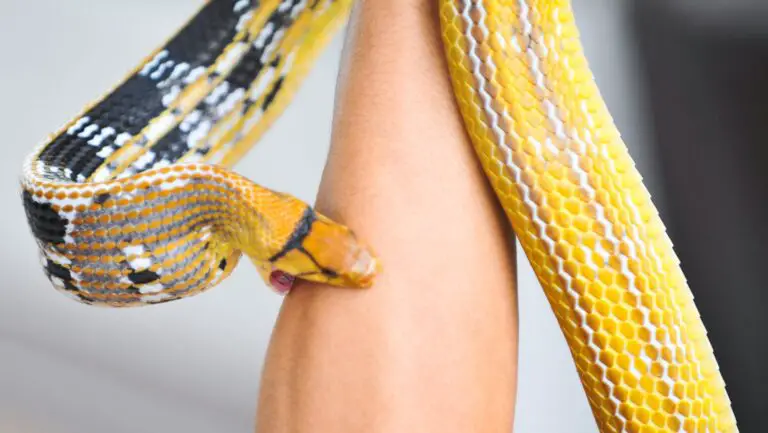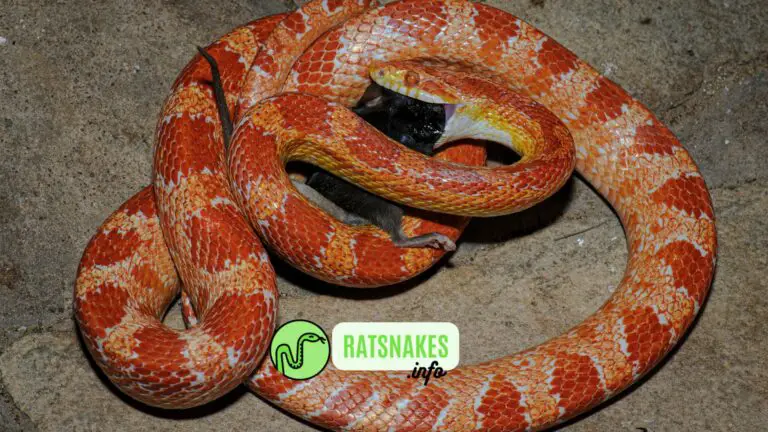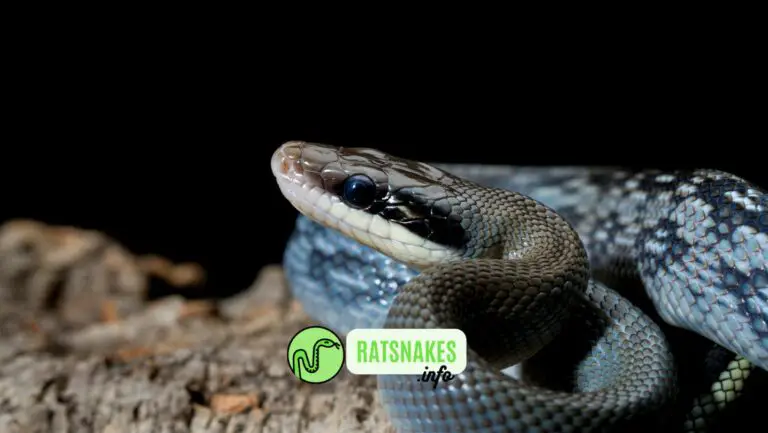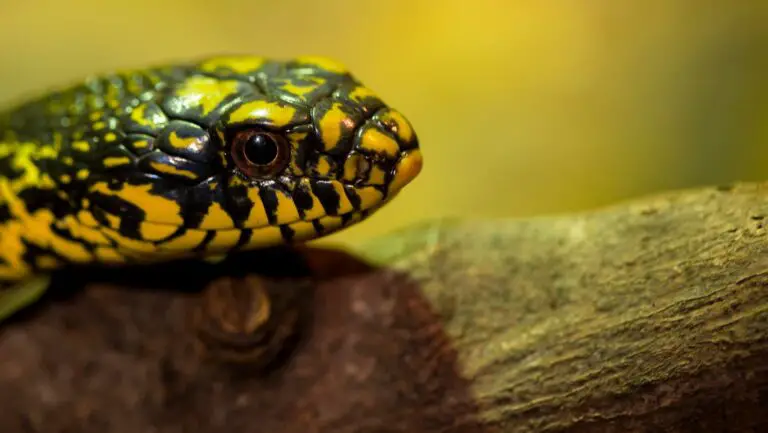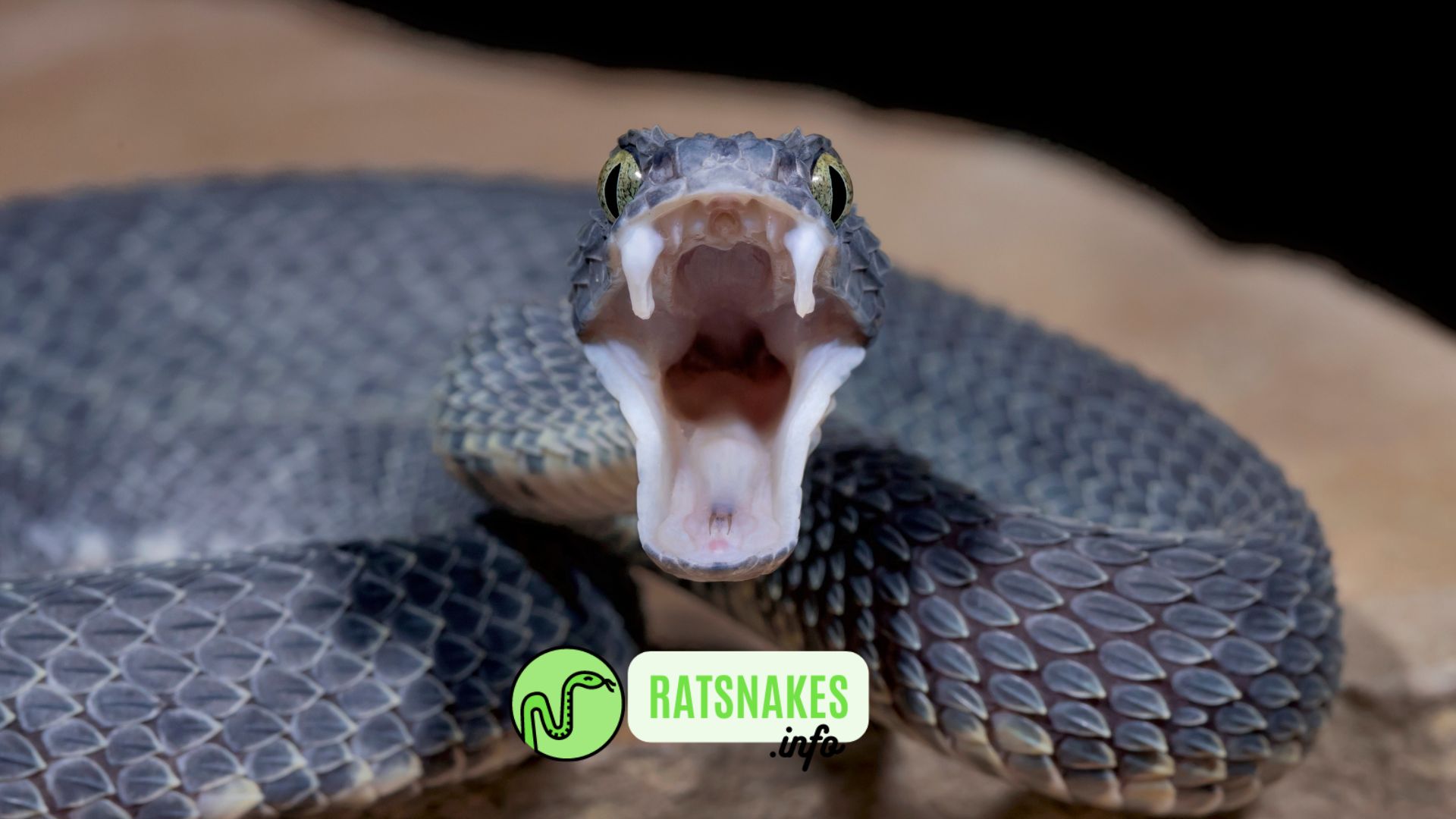
Egg tooth development is a fascinating aspect of snake biology. The egg tooth, also known as a caruncle, is a specialized structure found in snake embryos that helps them hatch from their eggs. In this guide, we will explore the process of egg tooth development in snakes, its purpose, and its significance in the early stages of a snake’s life.
The egg tooth is a vital structure allowing hatchlings to escape from the egg. In squamate (scaly) retiles the egg tooth is a real tooth that develops within the oral cavity at the top of the upper jaw. Primitive squamates, such as geckos, have two egg teeth, while more advanced squamates, including snakes, have a single medial egg tooth. We have investigated how the single egg tooth develops using two snakes, the python and corn snake, Elaphe guttata, and investigated the relationship between the egg tooth and neighboring premaxillary teeth
I. What is an Egg Tooth?
- Definition: The egg tooth is a small, keratinized structure located on the upper jaw of snake embryos.
- Appearance: It appears as a sharp, pointed projection that enables the snake embryo to penetrate and eventually emerge from the eggshell.
II. Purpose of the Egg Tooth:
- Eggshell Penetration: The primary purpose of the egg tooth is to assist the snake embryo in breaking through the eggshell during hatching.
- Temporary Structure: The egg tooth is not a permanent feature and is shed shortly after hatching, as it is no longer needed.
III. Development of the Egg Tooth:
- Timing: The egg tooth starts to develop in snake embryos during the late stages of egg incubation.
- Formation: The egg tooth is formed through the thickening and hardening of the skin on the upper jaw, resulting in the formation of a pointed projection.
- Position: The egg tooth is typically located on the snout of the snake embryo, near the tip of the upper jaw.
IV. Functions and Adaptations:
- Shell Breaker: The egg tooth acts as a specialized tool to break through the eggshell, providing an exit path for the snake embryo.
- Serrated Edge: The surface of the egg tooth often features tiny serrations, enhancing its ability to penetrate the eggshell effectively.
- Temporary Structure: Once the snake hatches, the egg tooth becomes non-functional and is shed shortly after birth.
V. Egg Tooth and Natural Selection:
- Fitness Advantage: The development of the egg tooth in snakes has likely evolved through natural selection, as individuals with a well-developed and functional egg tooth have a higher chance of successfully hatching from their eggs.
- Variations: While most snake species possess an egg tooth, there can be variations in size and shape among different species. This variation may be influenced by ecological factors and specific adaptations.
METHODS:
Frontal and sagittal wax sections were made through the upper and lower jaw at a variety of embryonic ages. Slides were stained for histology or TUNEL staining. Snake Shh was cloned in the corn snake and African rock python, Python sebae, and in situ hybridization carried out.
Results
In the python and corn snake two closely positioned tooth germs are present in the midline of the upper jaw at early stages and these grow together and fuse during development to form a single large egg tooth associated with the premaxilla. The egg tooth is precocious in its development and much larger than the rest of the dentition. Teeth on the dentary (lower jaw) and maxilla, pterygoid and palatine (two tooth rows of upper jaw) develop deep within the jaw from an extended dental lamina1.
In contrast, the egg tooth develops near to the oral surface. This superficial mode of development is also observed for the premaxillary teeth in the python. These teeth lie on either side of the egg tooth and share a shallow dental lamina.
Unlike the python, the corn snake has no premaxillary teeth. In the embryo, however, it is clear that the premaxilllary tooth germs form and start to produce dentine but then regress during later stages of development. This regression appears not to involve apoptosis (programmed cell death), as is associated with the loss of vestigal tooth germs in the mouse diastema region.
Discussions
The egg tooth in the snake forms by a fusion of two closely positioned tooth germs. This is in contrast to the situation observed in many lizards where two toothgerms initially form, but then one regresses, while the other moves into a central location2. The single egg tooth of a lizard, such as Lacerta, and that of a snake, therefore forms by a very different process.
Fusion of midline teeth in the upper jaw is also observed in humans with SMMCI syndrome. This syndrome has been related to a disruption in Shh signalling in the midline3. A reduction in Shh signalling may therefore have lead to the fusion of the egg tooth primordial during the evolution of the snakes. The close association of the egg tooth with the premaxillary dentition, implies that the egg tooth is not
a novel structure but an adaptation of the premaxillary dentition.
Conclusion:
Egg tooth development is an essential adaptation in snakes that allows them to break through the eggshell and emerge into the world. The egg tooth is a temporary structure that serves a crucial purpose during the hatching process. Understanding the development and significance of the egg tooth provides valuable insights into the early life stages of snakes and their unique adaptations for survival.
REFERENCES:
1 M. Buctova, J.C. Boughner, K.Fu., V.M.Diewert, J.M.Richman (2007) Zoology 110:231-251.
2 G.R. De Beer (1949) Proc. Linn Soc Lon. 161:218-224.
3 L.Nanni, J.E.Ming, Y.Du, R.K.Hall, M.Aldred,A.Bankier, M.Muenke (2001) Am. J. Med.Genetics 102:1-10.


